Disposition-Triggered Emails
Estimated reading time: 3 minutes | Target users: Supervisors
The Disposition-Triggered Email feature enables you to send emails based on the outcome of your calls.
In this lesson, you will learn:
- How to set up an email template
- What steps are required to trigger email sending based on a selected disposition
- How to check the results of your email-sending activity
1. Setting Up a Disposition-Triggered Email
The setup procedure is quick and easy: you need to create an email template, choose dispositions for the pattern and then select the specified disposition when saving your call results.
1.1 Create an Email Template
To send disposition-triggered emails, you first have to create and configure an email template.
- Select a project from the project list, then select Channels > E-mail.
- Press New email template.
- Enter the name of the template in the Template name text field.
- Enter a subject.
- Enter an email address or select a database field in the Recipient drop-down list to set the recipient.
- Enter one or more email addresses in the CC and BCC text fields if required.
- Enter or select an email address from the Sender drop-down list. This address is displayed as the sender to the recipient.
- If it is not marked, mark the Active checkbox.
- Select the Message tab, then enter and format the desired message, or enrich it with image and video.
- Select the Attachments tab to insert an attachment. You can also add attachments based on conditions, where an attachment is inserted based on single or multiple field values.
- Select the dispositions that you need to trigger the email sending on the Disposition-triggered email sending tab. In the Disposition section you can mark/unmark the selected dispositions by simply selecting the checkbox next to the disposition name.
- Press Save.
Tip: You can use HTML to customize your email with various styles and formatting options.
Note: You can send a test email using the email template. See To Test an Email Template.
1.2 Trigger Email Sending
Disposition-triggered emails can be sent from the Agent’s Workspace, when a client card is open. In order to be able to use an email template created by a supervisor, agents must have the corresponding dispositions visible on their screens, so the Disposition must be set to Active.
- During a conversation with the client —or even when there is no conversation—, when the client card is opened, select a Disposition related to the email pattern, then press Save.
- The system will send the specified message automatically. No other actions are required.
Note: If an email pattern contains references to client data from your database, make sure the necessary fields have values in the database. If these data are required to be gathered by an agent during a call, make sure the fields are marked as Obligatory to be filled in. For more information about configuring scripts and datasheets, see Customizing Datasheets and Scripts.
2. Acquiring Information on Your Email Performance
Once your emails are sent, you can easily search and filter emails based on their performance (similarly to the Records list pane). On this interface, you can see your emails’ status. Additionally, if your email failed to send (“Sending failed” status), you can learn what error description is attached to the email.
2.1 To access the Email log
- Select a project from the project list, then select Logs and Statistics > Email log.
- Set the criteria to filter for emails, then press Search. If you want all of your emails listed, press SearchSearchSearch without configuring the filters sections.
- In the Results pane, you will see your emails listed. By using your scroll bar at the bottom, you can see further information on your email events such as Disposition or Status.
- You can export your results in txt or csv format by clicking on Export.
Congratulations!
You’ve just learned how to send emails based on the outcome of your calls in VCC Live.
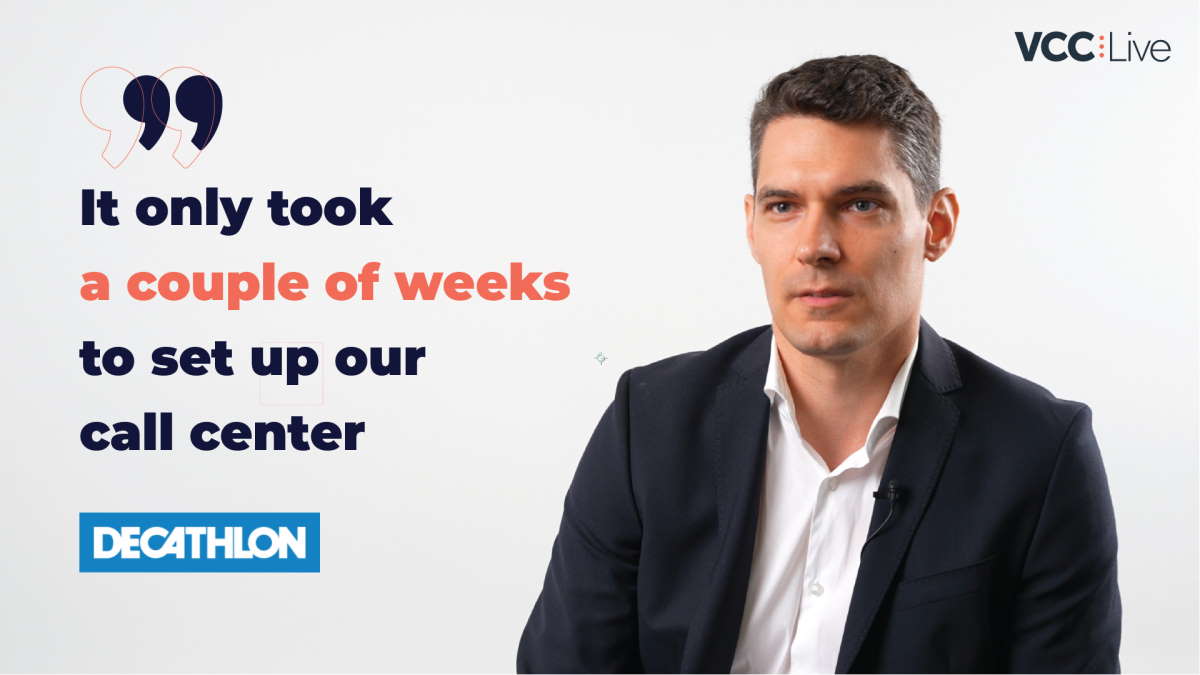
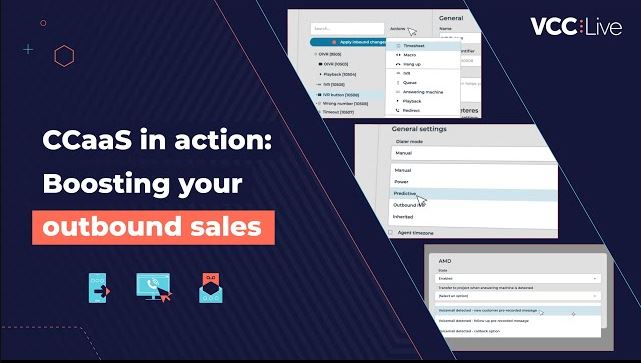
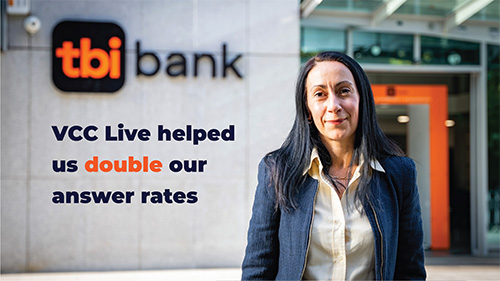
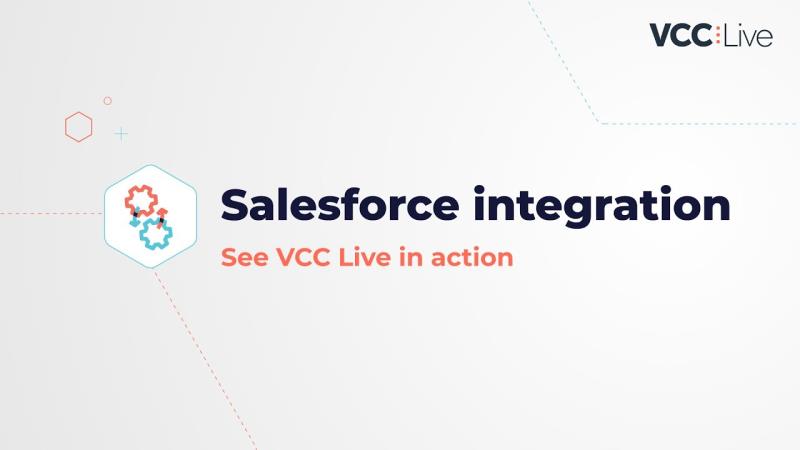
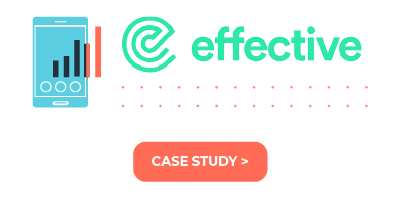
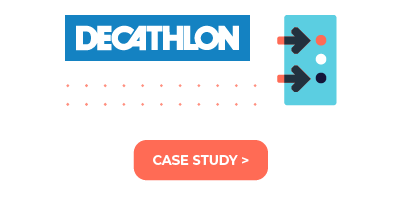
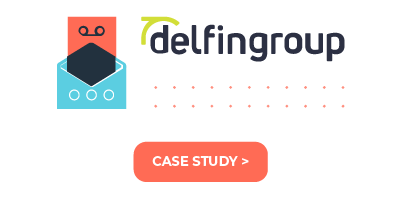

Comments
Can’t find what you need? Use the comment section below to connect with others, get answers from our experts, or share your ideas with us.
There are no comments yet.